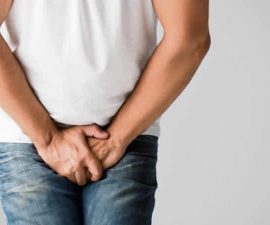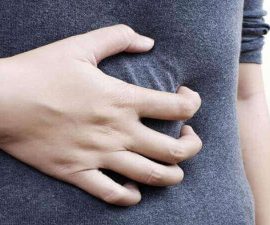Inguinal hernia surgery is often successful. Many doctors say that it’s not hard to recover quickly after hernia-repair surgery. However sometimes post-operative pain and fatigue might last longer than expected. Therefore there are a few things you need to do and avoid to reduce the risk of having prolonged recoveries.
How well inguinal hernia surgery works?
An inguinal hernia is an abnormal opening (hole) that forms in the inguinal canal close to the groin. The hole allows abdominal fatty tissues or parts of the bowel to protrude, causing a bulge in the groin. It doesn’t repair on its own without surgical intervention, though surgery is not always necessary for hernia.
There are several types of surgery to repair inguinal hernias. The main ones are laparoscopy and open surgeries. Each type has pros and cons. But in general, both are safe and the recurrence rate is low, especially if the operation is done by experienced specialists.
Laparoscopic operation for hernia repair is different from open surgery in the following ways:
- Laparoscopic involves several small incisions instead of one large incision.
- Even for inguinal hernias on both sides, laparoscopic operation can repair them without needing to make more incisions. But for open surgery, it requires a second large incision.
- General anesthesia is required for laparoscopic repair. Open repair for hernia can be performed under general, spinal, or local anesthesia.
Discomforts after surgery
As with most surgeries, you may experience a number of discomforts after inguinal hernia operation.
Postoperative discomforts depend on several factors, such as the kind of hernia repair surgery performed, whether it’s done by experienced surgeon, and your overall health. The common one is pain in the area where your hernia was repaired. You may also have varying degrees of soreness or swelling in the area.
Furthermore, it’s not uncommon to experience unusual sensations in the groin (such as occasional tugging and pulling) several months or even a year after operation. These occasional sensations are also common with many other surgeries.





I had hernia surgery, and after 4 or 5 days i see the bulge is still there. I don’t know if this is ok or not
try to consult again with the doctor. just to make sure.